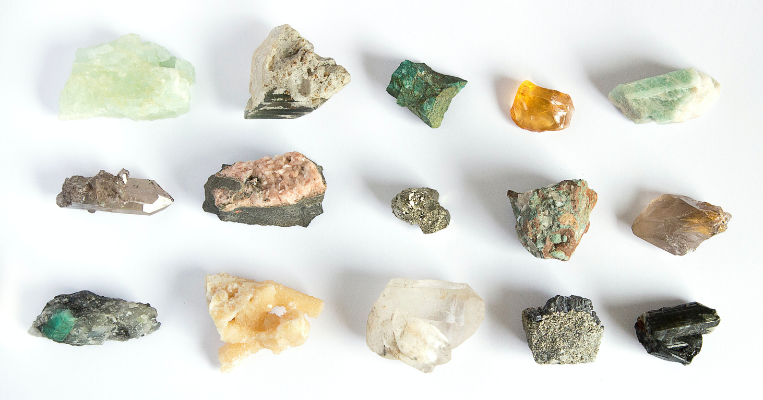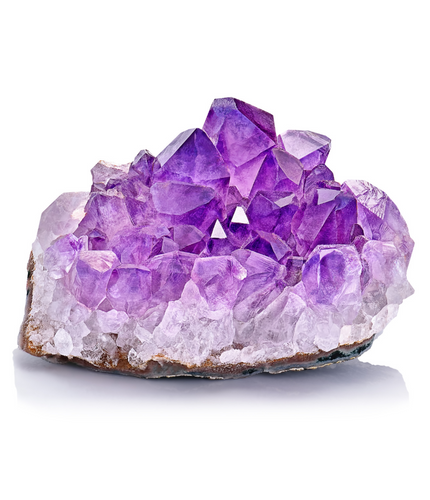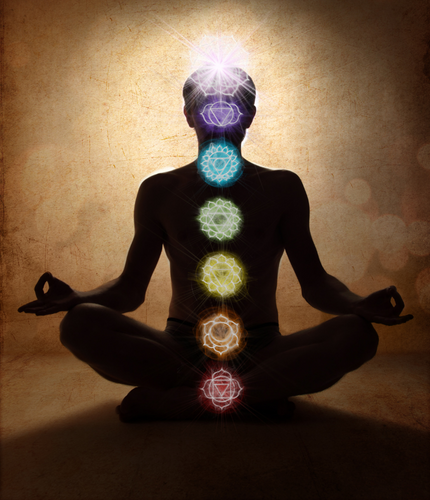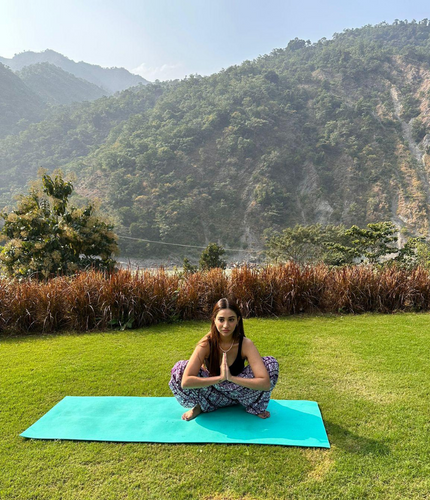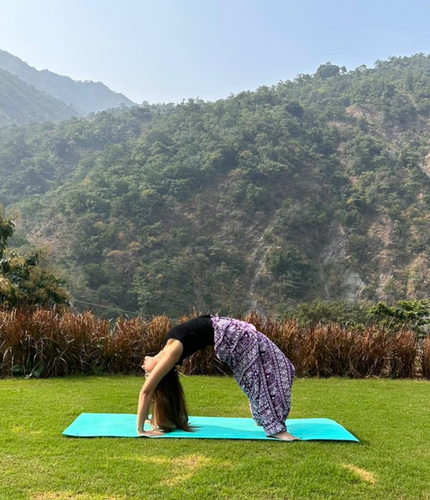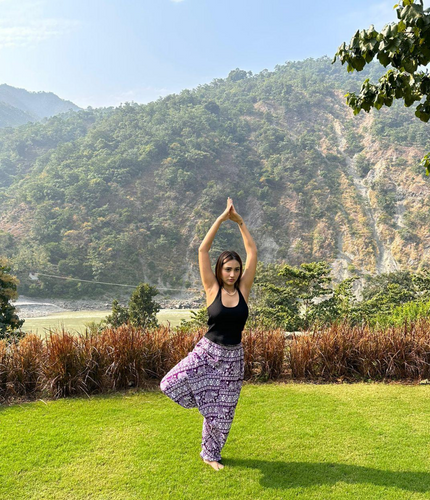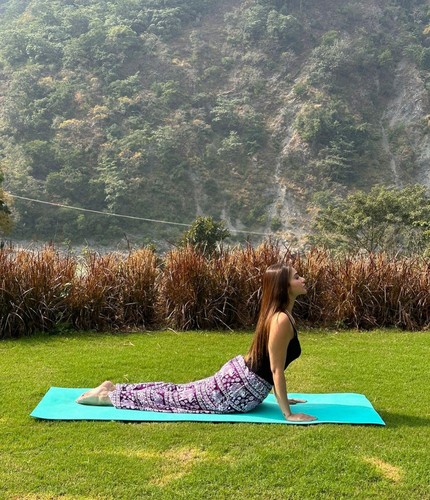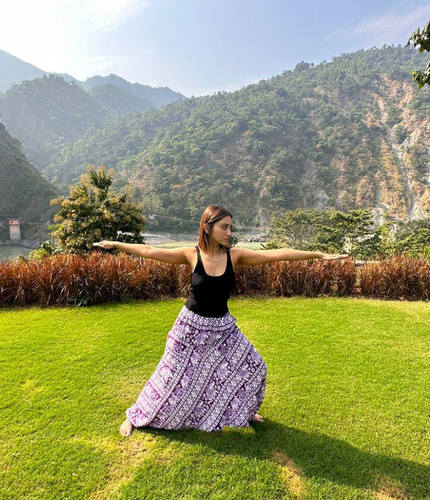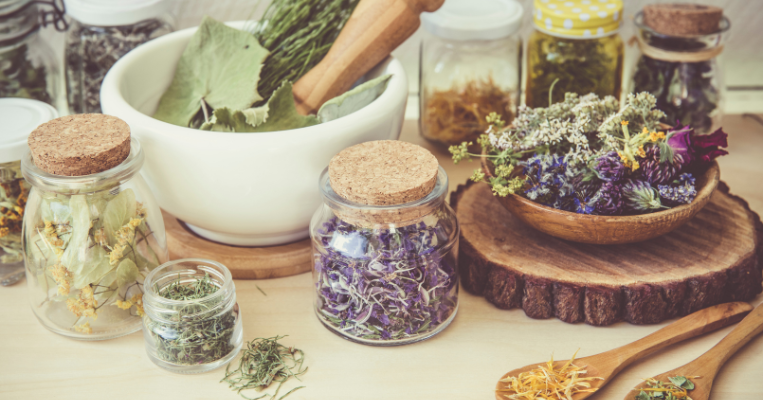
20 December 2022
Spiritual Healing Plants: Cacao and Blue Lotus
The power of spiritual healing plants is something different cultures across the world have harnessed for millennia. Not only did plants provide our ancestors with food, clothes and shelter, but they also used botanicals to relieve ailments and as sedatives or stimulants to heal the mind, body and spirit.
Humans started with a deep connection and appreciation for nature. We moved with the seasons and looked after the Earth just as it looked after us. Our modern lives, however, are so far removed from living in sync with the natural world that we’ve become disconnected, not only from nature but from ourselves.
It’s no wonder alternative medicines are rising in popularity as we wake up and respond to our malnourished spirits. I am so glad many hear the call to return to our roots and rediscover the ancient wisdom of spiritual healing plants. If you’re new to experimenting with alternative medicines, then a couple of my favourites to start with are Cacao and Blue Lotus as their healing powers are gentler than others. I’ll be covering a couple more potent plants in an upcoming blog so stay tuned for part two of this mini blog series!
Read on to find out more about Cacao and Blue Lotus, and how I like to use them to aid deep healing.
Ceremonial Cacao
The use of Cacao dates back almost 4,000 years to Mexico where traces of its active ingredient were found in ancient fermenting pots and ceramic vessels. The most evidence we have of Cacao being used, however, comes from the ancient Mayan and Aztec empires almost 1,000 years later. Both ancient civilisations treated the Cacao bean as sacred and as a food of the gods. If you look back through Mayan drawings you’ll see many depictions of gods sprouting from the Cacao pods, while Aztecs considered the Cacao bean to be of divine origin and a gift straight from the god Quetzalcoatl.
In our modern world, however, the Cacao bean isn’t regarded in the same way and is often confused with cocoa that’s used for chocolate. Although derived from the same Theobroma Cacao plant (and with similar names), cocoa and Cacao are processed in such a way that they are significantly different. To make cocoa, the beans are processed at very high temperatures to produce the smooth, sweet chocolatey taste we all know and love. However, this also removes many of the nutritional benefits of the bean. Cacao, on the other hand, is minimally processed and at much lower temperatures, so the beans maintain their nutritionally dense properties.

Blue Lotus Flower
Thanks to its calming properties, Blue Lotus tea is one of my favourite spiritual healing plants. Also called Blue Water Lily, it is known to improve sleep, reduce anxiety and assist with muscle control. First cultivated by ancient Egyptians along the banks of the river Nile, the flower has been spiritually and culturally significant for more than 3,000 years!
I usually drink Blue Lotus tea before bed as it can be soporific, promoting drowsiness and sleep. In my experience, drinking Blue Lotus tea before bed can induce lucid dreams and increase the likelihood of experiencing deja-vu.
Making Blue Lotus tea is really simple. I like to use dried flowers to prepare my tea by adding about 5g for a mild dose or 10g for a stronger dose to a teapot, pouring over hot water and leaving the flowers to steep for 10-15 minutes before straining and enjoying while it is still hot. You can add a natural sweetener, too, like agave or coconut sugar, if you like. Ready-made tea bags are also available as an even easier option, but I prefer the ritual of making the tea fresh, as waiting for it to brew gives me time to reflect on my intention and connect with myself.

Although Cacao is far more bitter and less palatable, it is also so much better for you than chocolate. In fact, Cacao drinking ceremonies haven’t changed much since the early Maya tradition. They would drink the Cacao at full strength in its natural state, usually without any sweetener, though adding honey wasn’t an uncommon practice, and that’s generally how it is consumed ceremonially today.
Ceremonial Cacao is a heart opener that offers a gentle “high” without entering a mind-altering state. It’s a stimulant that feels similar to coffee minus the anxiety – which anyone with caffeine sensitivity will be glad to hear!
I like to incorporate ceremonial Cacao in many of my practices. For example, I will drink Cacao during lunar rituals, equinoxes (read my blog on my Autumn equinox ritual including Cacao), when working with my heart chakra or any other time I want to tap into the childlike energy and creativity Cacao brings out in me.

Both these ancient spiritual healing plants have helped me so much on my journey, so I hope sharing my thoughts and insights will encourage you to also explore what powers they possess. In my next instalment of this mini blog series I’ll be sharing a couple of more potent medicinal plants to experiment with: Amazonian Hapé and Sananga.

